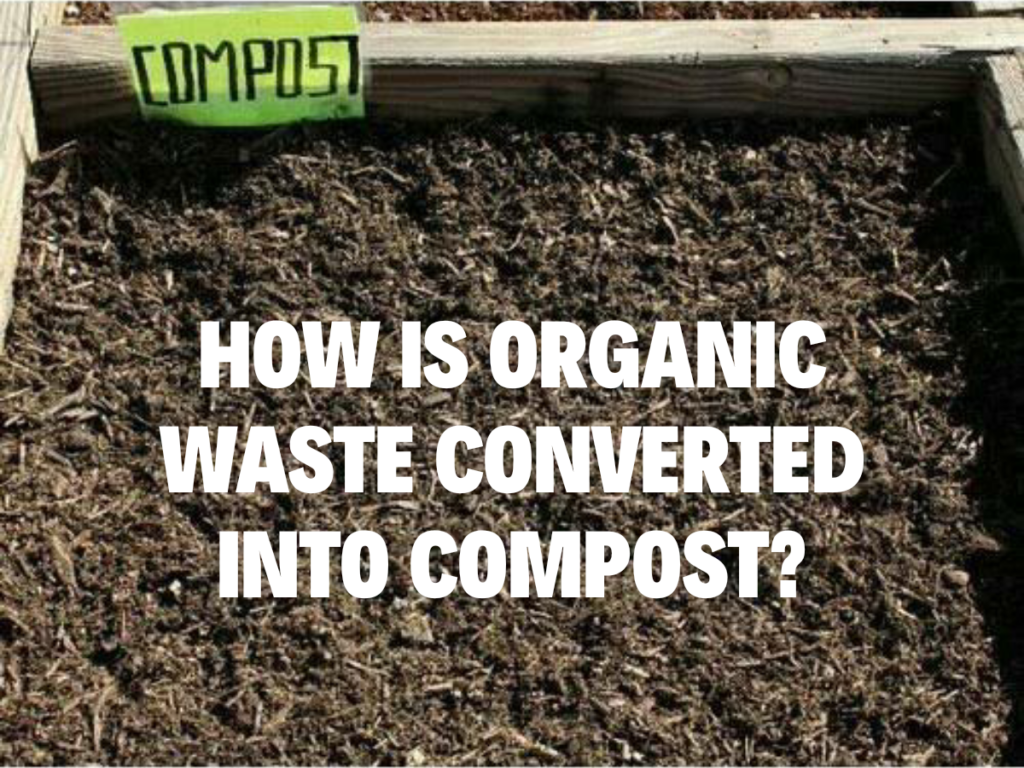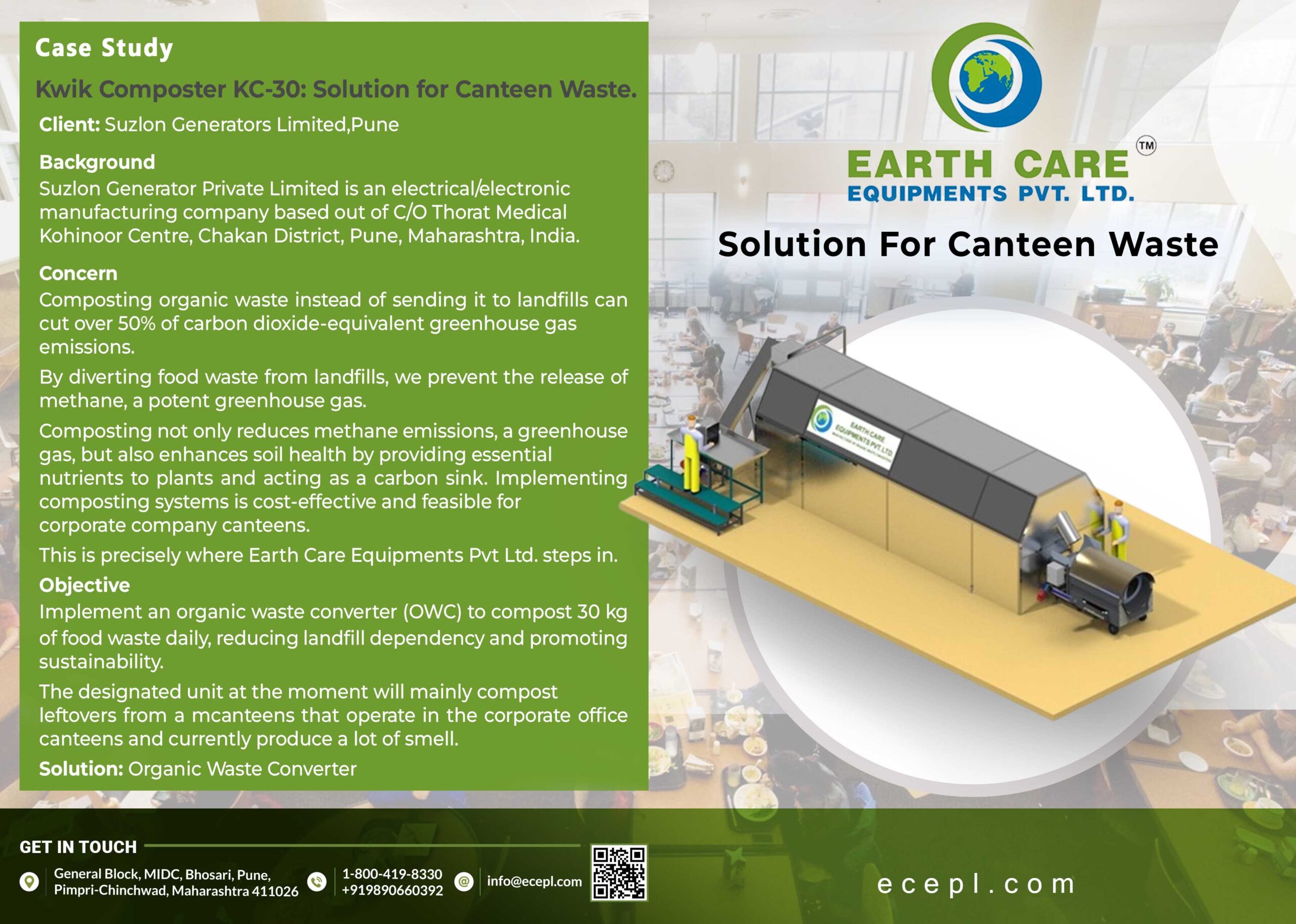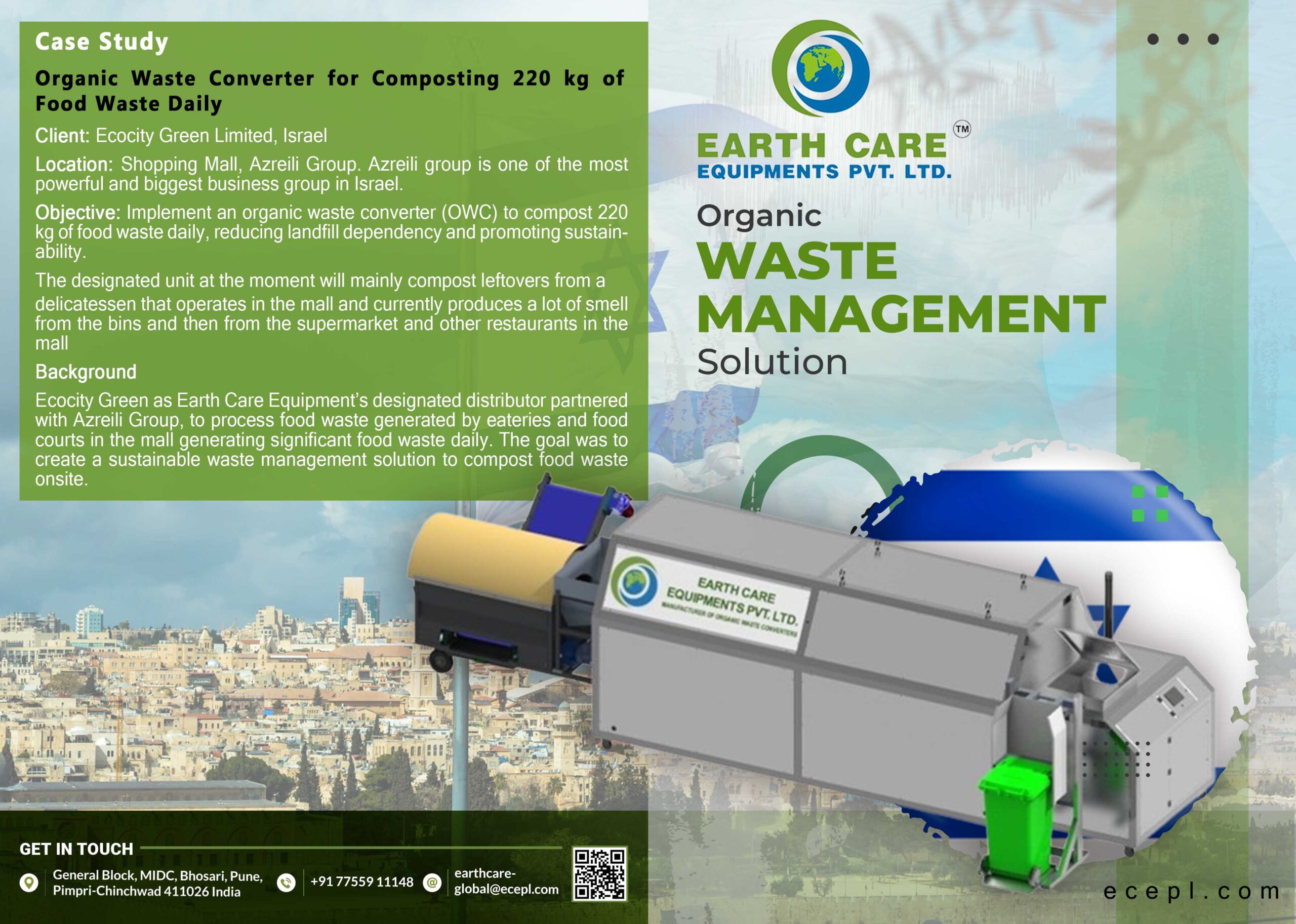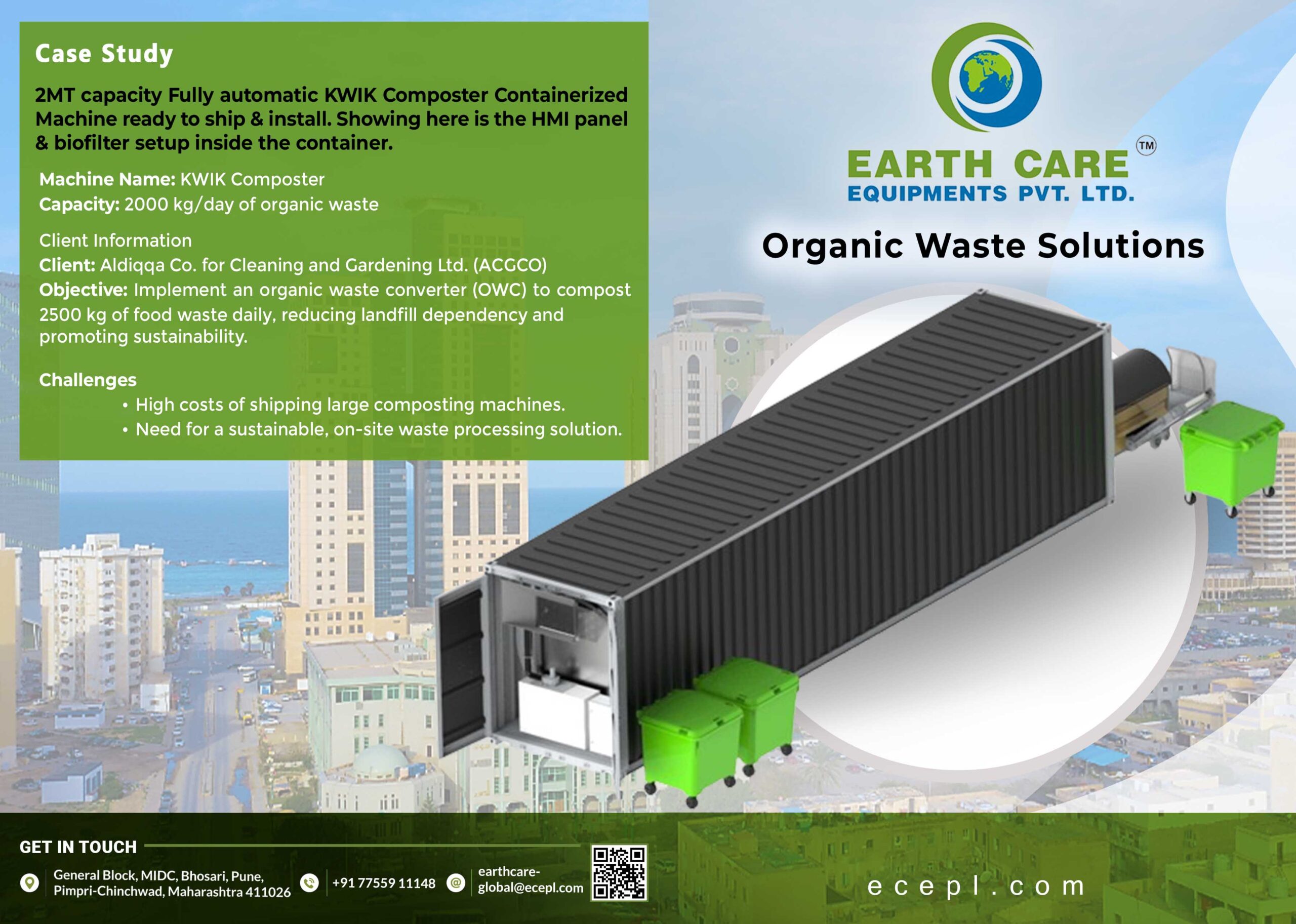
The parts of plants and animals that are disposed of and treated as waste, which are biodegradable is known as organic waste. Many councils and local waste collection companies collaborate and work together to collect organic waste. The organic matter in the waste can be broken down into carbon dioxide, water, methane, or simple organic molecules by microorganisms and other living things by composting, aerobic digestion, anaerobic digestion, or similar processes is known as biodegradable waste. Things such as eggshells, fruits, and vegetables, flowers and plants, rice and beans, dairy products, meat, poultry and seafood, bones, paper products, milk cartons, tea bags, coffee grounds, tea/coffee filters, garden waste, etc. are considered as organic wastes. These wastes can be converted into compost, fertilizers, soil, etc. and can be used to produce energy or fuel.
Burying organic waste in landfills is a big problem, and it is not just because of the resources we lose. Organic waste undergoes anaerobic decomposition when it is dumped in a landfill, and then it generates methane. When released into the atmosphere, methane is twenty-five times more potent a greenhouse gas than carbon dioxide.
Methane is, however, also a valuable resource. The natural gas piped into our homes is primarily methane. Organic waste can also be treated to make compost and soil conditioning products, as many people do in their backyards and gardens.
Organic waste also has some problems as it can be a source of methane, greenhouse gases, and pollution. In some cases, organic waste can enter water sources and feed bacteria creating the growth of fungus if these wastes are not treated correctly or corralled. This can be harmful to society.
What Is Compost
During the processes of food waste composting, the organic matters that are decomposed is known as compost. In the process of composting, various types of organic materials also considered to be waste products, are recycled after which the soil conditioner or compost is produced. Compost is rich in nutrients. It can be used in various ways, such as in gardens, landscaping, horticulture, urban agriculture, organic farming, etc. The compost itself is beneficial for the land in many ways, including as a soil conditioner, a fertilizer, addition of vital humus or humic acids, and as a natural pesticide for soil. Compost is also beneficial in ecosystems for erosion control, land and stream reclamation, wetland construction, landfill covers, etc.
The process of composting generally requires months to complete. In this process, a heap of wet organic matter, also known as green waste like grass, leaves, food scraps, etc. to break down into humus. Although, if this process is closely monitored, it can be seen that it takes place as a multi-step process in which measured input of water, air, carbon-rich materials, and nitrogen-rich materials is involved. The method of composting is started by shredding the plant matter, then adding water, and ensuring proper aeration by regularly turning the mixture when open piles are used. In this process, the waste must be appropriately broken down, and fungi, earthworms, and other detritivores help in breaking down the materials.
Process Of Conversion
Nature’s way of recycling is known as composting. Valuable organic fertilizer is produced by decomposing various organic waste such as food waste, manure, leaves, grass trimmings, paper, wood, feathers, crop residue, etc. It is carried out under controlled aerobic conditions, and it is a natural biological process. In this process, microorganisms like bacteria and fungi play a very vital role in breaking down organic matter into simpler substances.
The effectiveness of the composting process is dependent upon the environmental conditions present within the composting system i.e., oxygen, temperature, moisture, material disturbance, organic matter, and the size and activity of microbial populations. Composting is not a mysterious or complicated process. Natural recycling occurs continuously in the natural environment. The resulting nutrients are returned to the soil to support plant growth.
The process of composting mainly involves four components which are as follows:
Organic Matter:
Organic matter includes mostly plant materials and some animal manures. Organic materials used for the process of composting should consist of a mixture of brown organic materials like dead leaves, twigs, manure, etc. which supplies carbon and green organic material like lawn clippings, fruit rinds, etc. which provides supply nitrogen. The best ratio is 1part green to 1part brown material. Shredding, chopping, or mowing these materials into smaller pieces will help speed the composting process by increasing the surface area.
Moisture :
Moisture also plays a vital role in supporting the process of composting. The wetness of a wrung-out sponge should be comparable to the compost. The method of composting comparably slows down if the pile is too dry. Water should be added in intervals in case a large amount of brown organic material is used. Although the pile is too wet, the pile of materials should be turned and mixed well during periods. Also, adding more dry brown materials could be added.
Oxygen:
In the process of composting, Oxygen is needed to support the breakdown of plant material by bacteria. To supply oxygen, the pile of compost pile needs to be turned and mixed so that materials at the edges are brought to the center of the pile. Turning the pile is very important for completing the process of composting and for controlling odor. During this process, we should be waiting for at least two weeks before turning the compost pile, to allow the center of the pile to “heat up” and decompose. Once the pile has cooled in the center, decomposition of the materials has taken place. The composting process speeds up if the pile is turned frequently.
Bacteria:
Bacteria and other microorganisms are essential and are the real workers in the process of composting. By supplying organic materials, water, and oxygen, the already present bacteria help in breaking down the plant material into useful compost for the garden. As the bacteria decompose the materials, they release heat, which is concentrated in the center of the compost pile. More layers of soil or finished compost could be added to speed up the process of composting. Commercial starters are available but should not be necessary for compost piles that have a proper carbon to nitrogen ratio i.e., 1part green organic material to 1part brown organic material. In addition to bacteria, larger organisms, including insects and earthworms, are active composters. These organisms break down large materials in the compost pile.
Waste Composting Machines:
A Organic Waste Converter Machines is a used for the treatment and recycling of solid and liquid refused material. This Converter Machines is a self-contained system capable of performing the following functions. It includes pasteurization of organic waste composting, sterilization of pathogenic or biohazard waste, grinding, and pulverization of refuse into unrecognizable output. Since there is a wide variety of functions available on these machines, this technology has found applications in diverse waste-producing industrial segments.
The primary beneficiaries of on-site waste conversion are hospitals, clinics, municipal waste facilities, farms, slaughterhouses, supermarkets, ports, sea vessels, airports, etc.
These machines are an environmentally friendly alternative to other traditional means of waste disposal that include incineration, plasma arc, and landfill dumping. Using these machines for the conversion of materials into compost results in a small carbon footprint avoids polluting emissions into the atmosphere. It results in a usable end product such as biofuel, soil compost, or building material. Since there are many modes of waste disposal available in the market, waste composting machines do have indirect competition.




